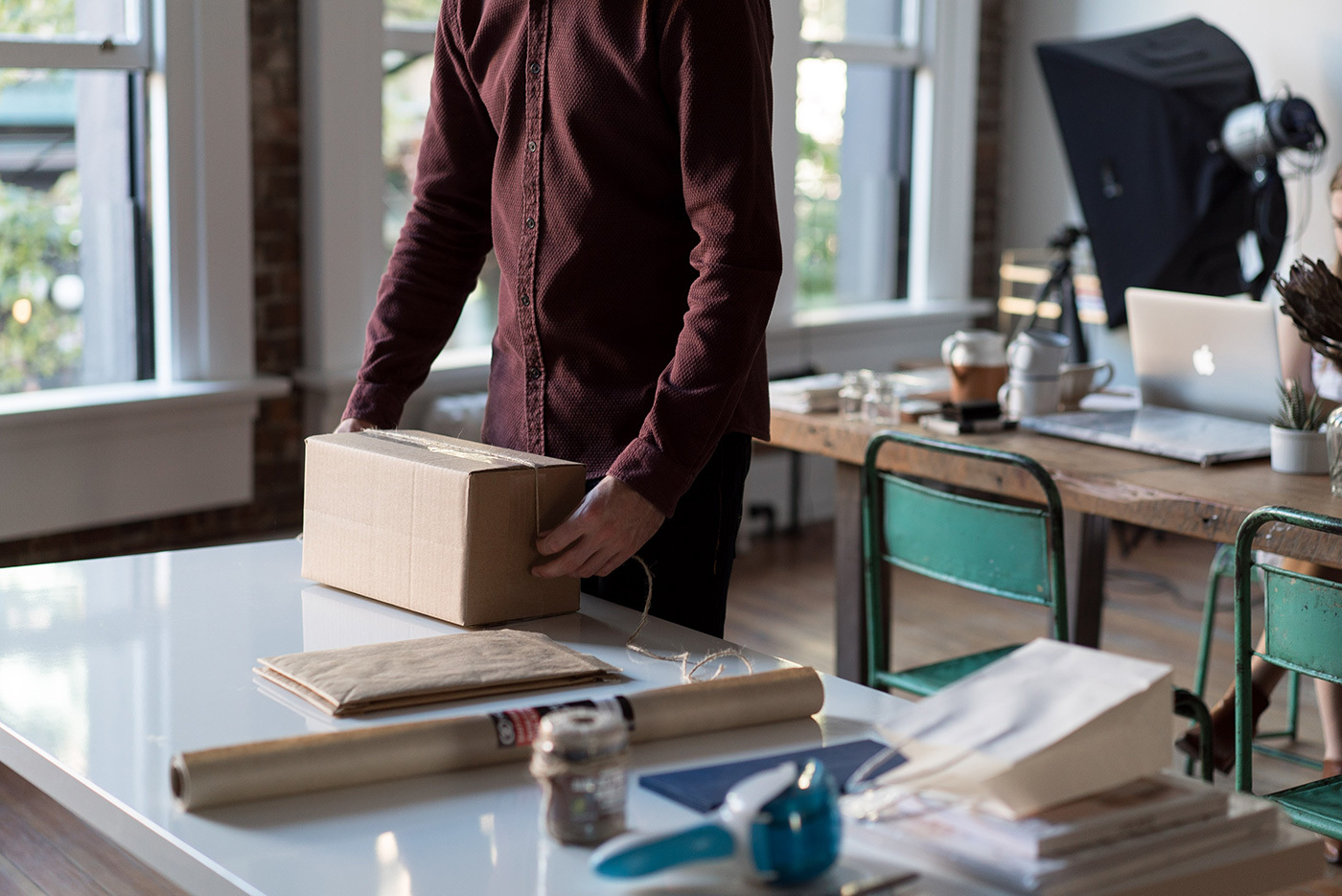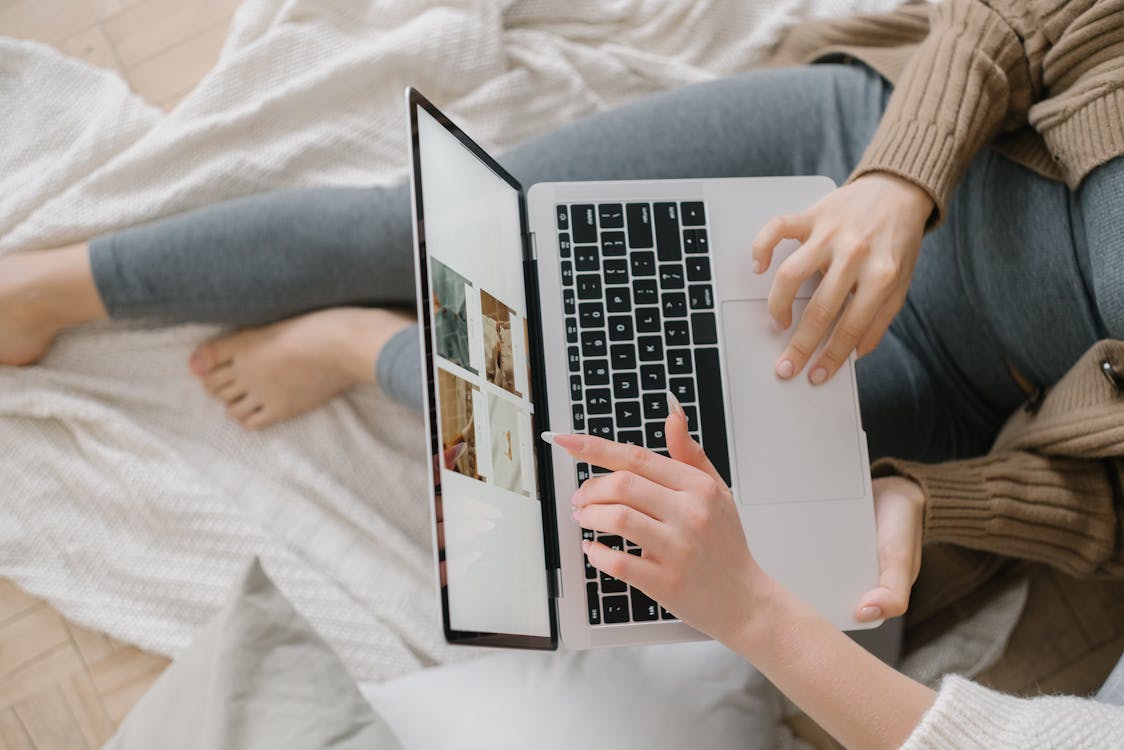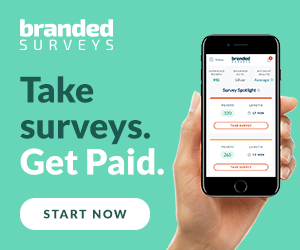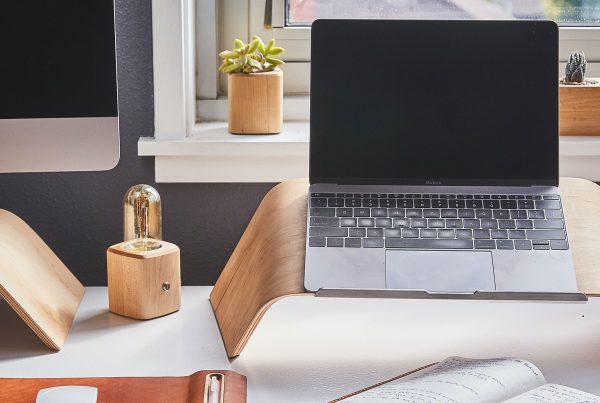Dropshipping is a business model in which e-commerce entrepreneurs sell products without having to carry any inventory. Instead, when a store owner receives an order from a customer, they simply contact the supplier, who will then ship the products directly to the customer’s door.
Dropshipping is the perfect idea for those who want to start an easy online business. It’s simple to set up and manage, and it doesn’t require a large up-front investment. You can also run your dropshipping business in your spare time – you don’t need to quit your day job to get started.
This beginner’s guide to dropshipping on Amazon will walk you through how dropshipping on Amazon works from a store owner’s perspective.
How Does Dropshipping on Amazon Work?
There are three main steps involved in dropshipping on Amazon: sourcing, storage, and fulfillment. This article will go over each step and explain what it involves.
Sourcing: This is the process of collecting products to sell and determining which suppliers you’re going to work with. Potential sourcing methods include:
- Visiting trade shows.
- Searching online marketplaces such as alibaba.com.
- Working with an existing supplier network.
Storage: you’ll need to store your products somewhere, whether it’s in a warehouse or your own home. You’ll also need to find a way to pack and ship the products when they sell.
Fulfillment: Amazon offers two fulfillment options for dropshipping stores: Fulfillment by Merchant (FBM) and Fulfillment by Amazon (FBA). Next, we’ll go
into these two options in a bit more detail.
Fulfilled by Amazon Amazon (FBA) vs. Fulfilled by Merchant (FBM)
When it comes to dropshipping on Amazon, sellers have two options: FBA or FBM. So, what’s the difference? And which one is better for people just starting their dropshipping business?
Here’s a breakdown of the key differences between FBA and FBM:
FBA:
- With FBA, you send your inventory to an Amazon warehouse. They store it for you in a temperature-controlled environment.
- Once an order is placed, Amazon will pick, pack, and ship the order to the customer.
- You can track orders and inventory through Amazon’s system.
- In addition to Prime shipping, products sent through FBA also qualify for free shipping on orders over $25.
FBM:
- With FBM, you store your inventory in your own warehouse and handle all the shipping yourself.
- You will need to create your own shipping labels and track your shipments.
- There is no Prime shipping or free shipping eligibility with FBM.
So, which option is better for a beginner who wants to start an Amazon dropshipping business? The answer depends on a few factors, such as budget, time constraints, and experience level.
If you’re looking for a low-cost way to dropship on Amazon and don’t mind handling the packing and shipping yourself, then FBM is a good option. However, keep in mind that you’ll need to be prepared to handle customer service inquiries and returns on your own.
If you desire a more hands-off approach or don’t have the time to handle shipping and customer service yourself, then FBA is a better option. With FBA, you can rely on Amazon’s infrastructure and customer service to take care of orders and inquiries. In addition, Prime shipping and free shipping eligibility are major perks.
For the rest of this article, we’ll focus on setting up an FBA business.
Steps To Starting an Amazon FBA Dropshipping Business
If you’ve decided you want to try your hand at selling on Amazon and you want to go through the FBA program, here are some step-by-step instructions that will make things a little easier:
1. Sign Up To Become an Amazon Seller
The first step is to create an Amazon seller account. This will be different from the account you may already have as a buyer. You’ll probably even want to set up a separate email for your FBA account. That way, it will be easier to keep your details organized.
A Professional FBA Plan costs $39.99 per month, plus selling fees. You can also sign up for an Individual plan, where you only pay $0.99 each time you sell a product. The plan you choose will depend on how much you plan to sell. For a complete list of selling fees, you can look over the pricing page.
Note: Many prospective Amazon sellers give up when they discover the fees involved with starting an FBA business. However, the costs are actually minimal when you consider the expense of starting your own business from scratch. If the Amazon fees are an extra expense you can’t swing, consider using another side gig to help you fund your FBA business.
For example, you could sell some unwanted items on Ebay or a similar site, deliver food, drive for Uber, or some other side hustle until you have your Amazon Business off the ground. You can even earn money or earn Amazon gift cards by taking online surveys for cash. Surveys are a simple way of making a little bit extra each month to help with the expense of starting a new online business.
2. Set Up Your Account Information
If you haven’t already done so when registering for your seller account, there are a few more details you’ll need to take care of. You’ll want to carefully go through each of the required steps on Seller Central so you can properly set up your account. This is where you’re going to create the framework of your new business, so don’t rush through this process.
3. Figure Out What To Sell
Perhaps you already know precisely what you want to sell on Amazon, or at least have a general idea. However, if you don’t know what to sell, that’s okay. This is an excellent time to do some research and see what is popular. Many people gravitate to selling items they would purchase for themselves. But it’s essential to find out what is popular in the current market and how much money you can make off a particular item.
If it costs you $10 for an item that you can only really charge $12 for, Amazon’s seller fees will eat up most of your profits. For this reason, you’ll want to do a bit of market research before you settle on a product to sell.
Additionally, there are some products that you cannot sell on Amazon, such as tobacco, firearms, and adult items. For the full rundown, consult the list of FBA prohibited items.
4. Find a Reliable Source for Your Products
There are a few different ways to source products for your Amazon dropshipping store. The most popular method is to search for products on popular wholesale marketplaces such as alibaba.com. Do some browsing and get to know some of the vendors. In some cases, you can even ask suppliers for samples. This is a great way to test out products you’re considering listing on Amazon.
Another way to source products is to visit trade shows and meet with suppliers in person. This allows you to inspect the suppliers’ products before choosing to work with them.
You can also work with an existing supplier network – most dropshipping software providers have their own networks of suppliers for you to work with. Currently, some of the most popular dropshipping suppliers include:
- Orderhive
- Oberlo
- Spocket
- Wholesale2B
- Modalyst
- Ecomdash
How Do Amazon Sellers Get Paid?
When someone buys a product you have listed for sale, you will be paid by Amazon. The amount of money you receive will be based on the product’s price, the shipping charges, and any other fees that apply. For more information on how Amazon pays sellers, see the Payments FAQ.
How Long Does It Take To Set Up a Dropshipping Business on Amazon?
There is a pretty short set-up time involved with Amazon FBA. Once you have created your Amazon Seller account, chosen your products, found a source, configured your shipping and inventory settings, and other details, it usually takes about a week.
If you’re ready to get started with Amazon FBA, head over to Amazon and create your account. You’ll also find all kinds of helpful information about starting an Amazon FBA directly on the site itself. Plus, there are tons of social media groups dedicated to FBA businesses for beginners. Good luck!













